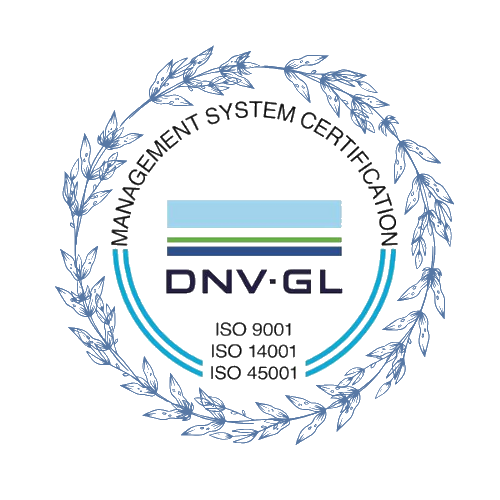Region: South East Asia
Well Type: Offshore Oil Producer
Key Facts:
- Available for setting in cased/open hole applications
- Available in different sizes and configurations
- Rigless offshore deployment
- Available for HPHT applications
- Bi-directional leak-free seal and anchor with DuraGRIP™ technology
Challenge
A leading offshore operator in South East Asia required a solution to control water-cut production in an offshore well. Multiple zones required effective zonal isolation within the 5-1/2” liner to selectively squeeze water shut-off (WSO) chemicals after passing through a 2.8” ID restriction. The main challenges associated with this application were as follows:
- High expansion thru-tubing application
- Multiple 2.8” ID restrictions at various depths
- Extended-reach horizontal conditions
- Unknown fluid level
- Coiled-tubing conveyance
- Bottom hole temperature expected to exceed 230F (110C)
- Short-notice delivery
- Retrievability through well restrictions was a critical requirement
Solution
IPI designed a 2.68” OD inflation element within a short notice period to reduce expansion and maximize operational ratings at expected well conditions. The inflation element was configured with IPI’s DuraGRIP™ technology for leak-free bi-directional anchoring in cased hole conditions. Product qualification was carried out by performing full-scale testing at the required expansion and temperature while verifying post-deflation OD retraction characteristics before delivery. Once the newly-designed 2.68” OD inflation element passed product-qualification testing, the following solution was provided to cover all treatment zones:
- Run #1: 2.68” X 2-1/8” Thru Tubing Retrievable Inflatable Bridge Plug (TT RIBP) to shut-off the bottom water-producing zone.
- Run #2: 2.68” X 2-1/8” TT RIBP to provide zonal isolation above the first bridge plug and serve as a base for the WSO treatment chemicals.
- Run #3: 2.68” X 2-1/8” Single Set Treatment Packer (SSTP) to isolate the upper interval of the treatment zone and effectively squeeze the WSO treatment chemicals into the formation by pressurizing against the TT RIBP.
Both TT RIBP’s were successfully set at the required setting depths in the horizontal section, and verification for each bridge plug was carried out by monitoring water-cut production after each set. WSO chemicals were squeezed into the zones located above the second bridge plug by setting the SSTP above the water producing zones and increasing applied pressure within the isolated interval. After WSO chemicals were effectively squeezed into the formation, the SSTP was deflated to its original run-in-hole diameter and it was successfully retrieved through the upper completion.
Created Value
Water production and crossflow within the desired formation intervals were successfully shut-off, allowing the operator to improve water-cut production to desired levels. The job was successfully executed in a safe and timely manner without operational issues, which generated substantial savings in operational costs while minimizing offshore platform nonproductive time.
![]()






